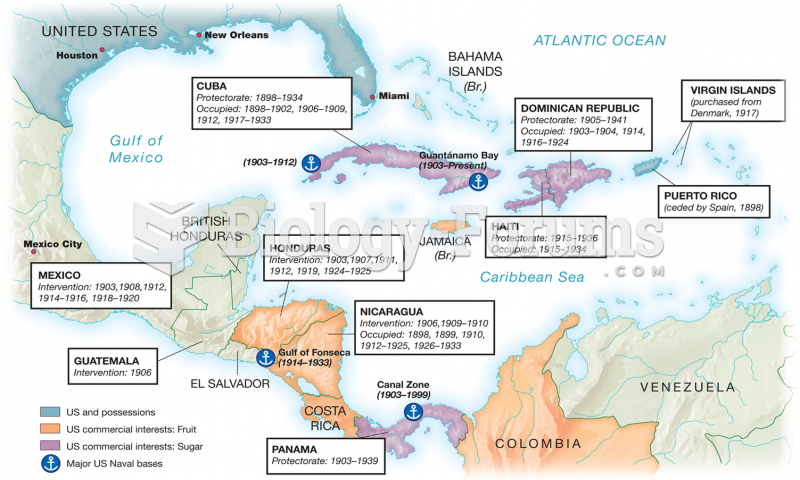Answer to Question 1
An ideal response will:
1, Discuss some aspects of the military threat posed by China with its huge population, fast-growing economy, and increased defense spending to rapidly upgrade and modernize its military.
2, Identify some of the tensions between China and the United States regarding disputes over trade, intellectual property rights protections, the valuation of Chinese currency, human rights, Chinese opposition to U.S. policies regarding various countries, the indebtedness of the United States to China for low-interest loans, and China's nuclear program.
3, Describe the primary U.S. concern with India as the threat of nuclear war between it and Pakistan.
4, Note that a multilateralist president would very likely seek diplomatic solutions first in a crisis situation, as a multilateralist believes in international cooperation and would favor negotiation over military solutions whenever possible.
5, Identify China as potentially the most difficult country to deal with diplomatically, given its lack of concessions during Obama's 2009 visit, its refusal to sign an arms reduction treaty or to back the United States in dealing with Iran and North Korea, its opposition of U.S. policies in various countries, its cyber attacks on American firms to gain access to technology, and so on.
6, Propose that India has high potential for being receptive to U.S. diplomatic efforts, as shown by the 2006 nuclear cooperation treaty signed by President George W. Bush, the stronger strategic alliance that is being formed between the United States and India in response to rising Chinese economic and military power, the increasing economic ties between the United States and India, U.S. sympathy for India as a target of terrorist attacks thought to be encouraged by Pakistan, and so on.
Answer to Question 2
An ideal response will:
1, List the three amendments and what they said: The Thirteenth Amendment outlawed slavery; the Fourteenth Amendment declared all people as citizens and guaranteed them equal protection of the laws; and the Fifteenth Amendment said states could not prevent people from voting on grounds of race, color, or previous position of servitude.
2, Identify that women were included in the Thirteenth Amendment; however, they were excluded from the Fourteenth and Fifteenth amendments by the fact that gender was not included in the Fifteenth Amendment, and the Supreme Court ruled in Minorv. Happersett (1874) that women's suffrage was not an inherent right in the citizenship guarantees of the Fourteenth Amendment.
3, Detail that women finally achieved the right to vote in 1920 under the Nineteenth Amendment.





